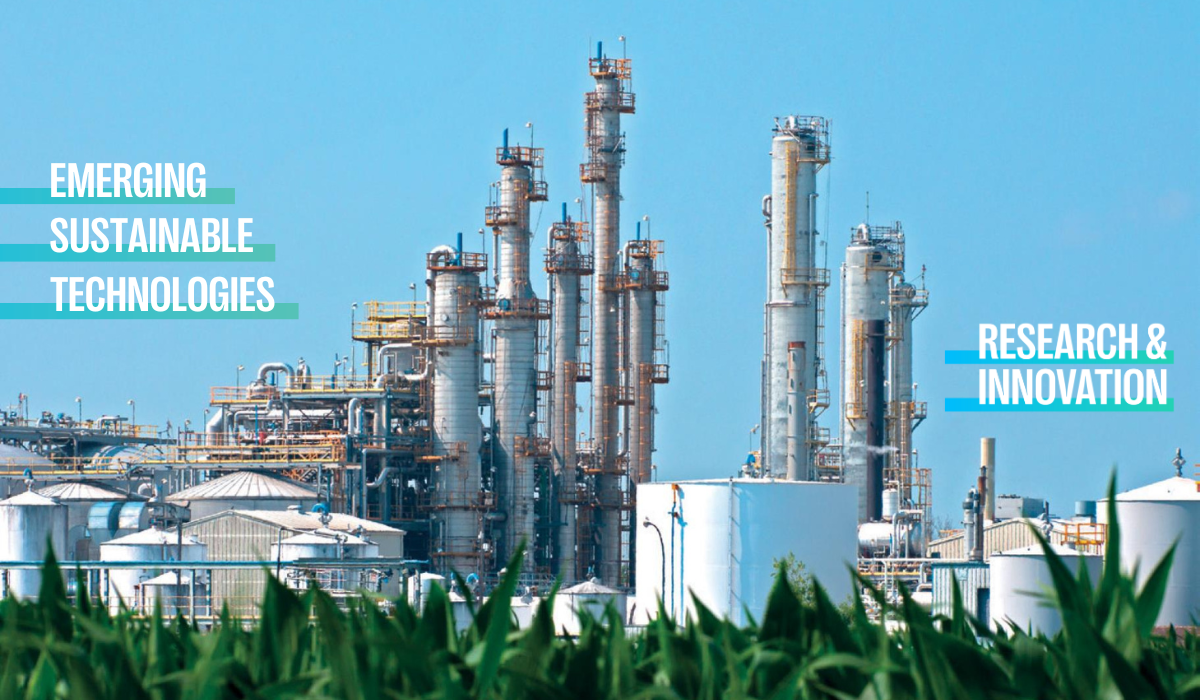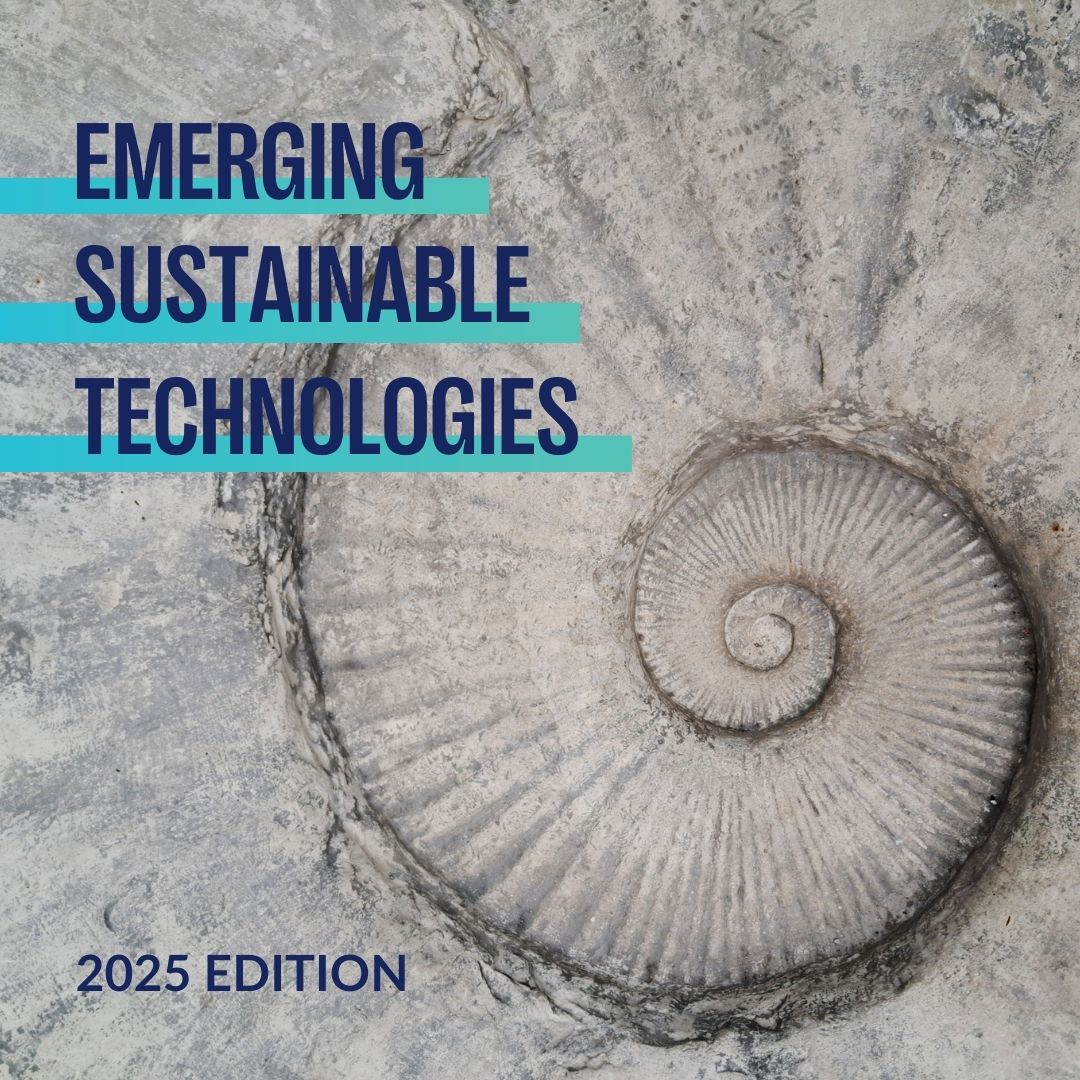


The world cannot decarbonise but must defosillise: from fossil fuels and fossil carbon towards renewable fuels and carbon.
Refineries also provide the feedstock for all chemicals, plastics, rubbers, paints, solvents, wax, lubricants, asphalt, as binder of gravel on roads , pet Coke, which today is the only route to reducing alumina into aluminum, and much more.
100 millions of barrels are processed per day in 825 refineries worldwide, this is equivalent to about 11 Million tons per day, or to the processing of the same mass as 1,000 Eiffel towers per day. The largest refinery is in Venezuela, with a capacity of 955,000 barrels per day.
A typical refinery of 240,000 barrels per day produces around 60 TWh/y of energy contained in the hydrocarbons and emits on average:
• Scope 1 (refinery emissions): 1.8 million tons of CO2 per year.
• Scope 2 (power generation): 0.2 million tons of CO2 per year.
• Scope 3 (oil and gas supply chain and end of life of hydrocarbons): 32 million tons of CO2 per year.
Rethinking the refinery without crude oil and gas, leading to a carbon neutral society.
Crude oil and gas today not only serve as energy sources in refining but also as carbon feedstock supply for all products leaving the refinery. The world cannot decarbonise but must defosillise: from fossil fuels and fossil carbon towards renewable fuels and carbon. Many technologies converting biomass, CO2 and recycled plastics into today’s products coming out of the fossil-based refinery exist but need to be scaled.
According to Vogt & Weckhuysen (2024), by 2050 refineries are expected to undergo significant changes compared to those in 2020. The primary carbon input will shift from fossil oil and gas to a mix of CO2 and agricultural and municipal waste, including biomass and plastics. The output will transition from mainly transport fuels, especially gasoline, to an equal mix of fuels (diesel and jet fuel) and chemicals/materials. Additionally, the average refinery size in 2050 is likely to be smaller, approximately by half, in terms of carbon molecules processed compared to 2020. One of the main reasons for this is the expected disappearance of the need for gasoline since personal transport will have been electrified.
Replacing crude oil by biomass, CO2 and recycled plastics requires an enormous amount of renewable energy as estimated by Vogt and Weckhuysen. This would result in the need for renewable energy to be produced on an area of around 800 km2 for the needs of the refinery. Deploying renewables at this scale implies the use of a lot of materials and metals such as silicon, silver,… for PV, steel, rare earth elements,… for wind. The mining and refining of these materials and metals also needs to be done in a sustainable way.
A second challenge related to the renewable carbon-based refinery of the future is access to sustainable CO2, biomass and plastics. Each of the three renewable carbon sources comes with major opportunities but also substantial challenges as depicted in the table below. It is unlikely that each of them will suffice for all our renewable carbon needs, but the share differs between different sectors and different studies.
Opportunities
• The fossil-free refinery of the future allows to sustainably deliver our future material and energy needs: e.g. chemicals, plastics, sustainable aviation fuels, lubricants
• Refineries will be smaller in the future compared to today’s fossil-based refineries mainly due to the massive electrification of a.o. personal mobility and industrial heat.
• A progressive integration of renewable feedstock is technically feasible. Energy integration between processes can offer an opportunity to increase conversion efficiencies and make use of ‘waste’ heat.
• Waste valorisation reduces the amount of waste sent to landfills and incinerators.
• Circular economy integration: using biogenic CO2 from non-recyclable waste reduces the chemical industry’s reliance on fossil raw materials by using existing resources and creating closed-loop systems.
• GHG emissions reduction.
Challenges
• Competition for renewable carbon will be intense, not only for the refinery of the future but also for energy application such as seasonal storage of energy, long distance transport of energy, high temperature heat, for which, in addition, sustainable hydrocarbons will be required.
• Recycling plastic waste remains a challenge to deploy at scale, with collection and recovery rates being very low today (around 10%).
• Existing crude oil logistics cannot be used for the supply chain of the three sustainable carbon feedstocks.
• Regulatory compliance: Addressing policy barriers and aligning with legal frameworks for carbon capture, bio-based materials, renewable H2 production.
• Supply chain coordination: Effective stakeholder engagement.
• Economic viability: Reliance on subsidies for financial viability. Securing the required financial support and government approvals.
• Challenges related to the large surface area needed for renewable electricity production as well as for Direct Air Capture (DAC) of atmospheric CO2.
• The material supply chain impact on the environment related to the rollout of massive renewables: e.g. metals, steel, cement, glass, … for PV and wind.
The material supply chain impact related to the rollout of massive renewables, in particular metal mining and its social impacts, must be better understood. Social acceptability of new mines, new refineries and new recycling facilities will be crucial. Competition between land for food and land for biomass must be limited.
The related economic growth is expected to create thousands of new jobs in the bioeconomy.
Life cycle assessment studies of all renewable carbon supply chains are crucial to understand their true environmental impact (e.g. land and water emissions related to biomass growth, energy needs and emissions for plastic recycling, and area and energy requirements for DAC).
More information, examples and use cases in the 2025 edition of ENGIE's 2025 report on Emerging Sustainable Technologie.